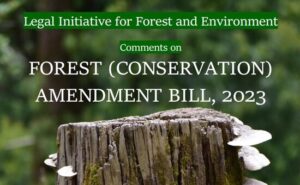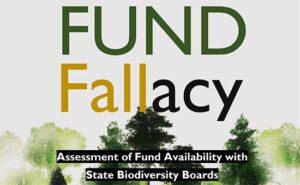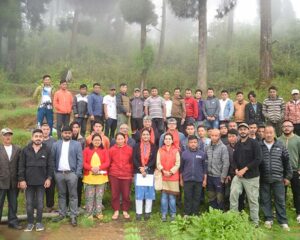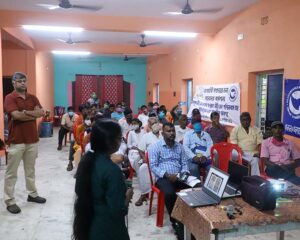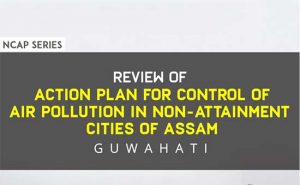Ritwick Dutta is a founder of LIFE and currently heading the organization as Managing Trustee. He graduated in Sociology and Law from the University of Delhi and has been involved in environmental litigation for the last 20 years.
Legal Initiative for Forest and Environment
LIFE was formed in 2008 with the mandate of promoting environmental democracy by facilitating Access to Information, Public Participation and Access to Justice in matter relating to environment. The mission of LIFE is based on the belief that effective environmental protection is possible if concerned citizens have an effective voice in matters concerning the environment.
LIFE receives Right Livelihood Award 2021
For innovative legal work empowering communities to protect their resources in the pursuit of environmental democracy in India.
Vision
Life’s vision is to reform environmental law by inspiring new conversation. It promotes environmental democracy and justice through creative use of law and scientific evidence-based advocacy.
Mission
Life supports environmental democracy by focusing on access to information, public participation and access to justice.
Biologycal Diversity Act
The Biological Diversity Act, 2002 (BD Act, 2002) was enacted owing to India’s obligation under the International obligation under Convention on Biological Diversity, 1992. The convention is built on the three-fold objective: conservation of biological resources, their sustainable utilisation and equitable sharing of benefits arising out of utilisation of biological resources and related traditional knowledge. The Act is built on a three-tier institutional structure: the National Biodiversity Authority, State Biodiversity Boards and Biodiversity Management Committees (BMCs).

Advocacy
LIFE is working actively on the implementation of the BD Act, 2002. Its activities comprise of both legal researches support and on-field activities:
Trustees

Rahul Choudhary
Trustee
Rahul Choudhary is also a founder member of LIFE as one of the Trustees. He is in-charge of Litigation Division. He is a law graduate from Delhi University and is practicing as a lawyer in the field of environment for last 22 years.

Dr. Rakesh Kr. Singh
Trustee
Dr. Rakesh Kumar Singh Trustee with LIFE and provides his input in all the scientific research activities undertaken within the organization. He is a doctorate with almost 30 years of research experience in Ecology and Env Sc.
Events
You are a student, want to be an intern with us?
Class aptent taciti sociosqu ad litora torquent per conubia nostra per inceptos himenaeos curabitur sodales ligula in libero sed dignissim lacinia justo eu magna luctus suscipit.
No posts found!






